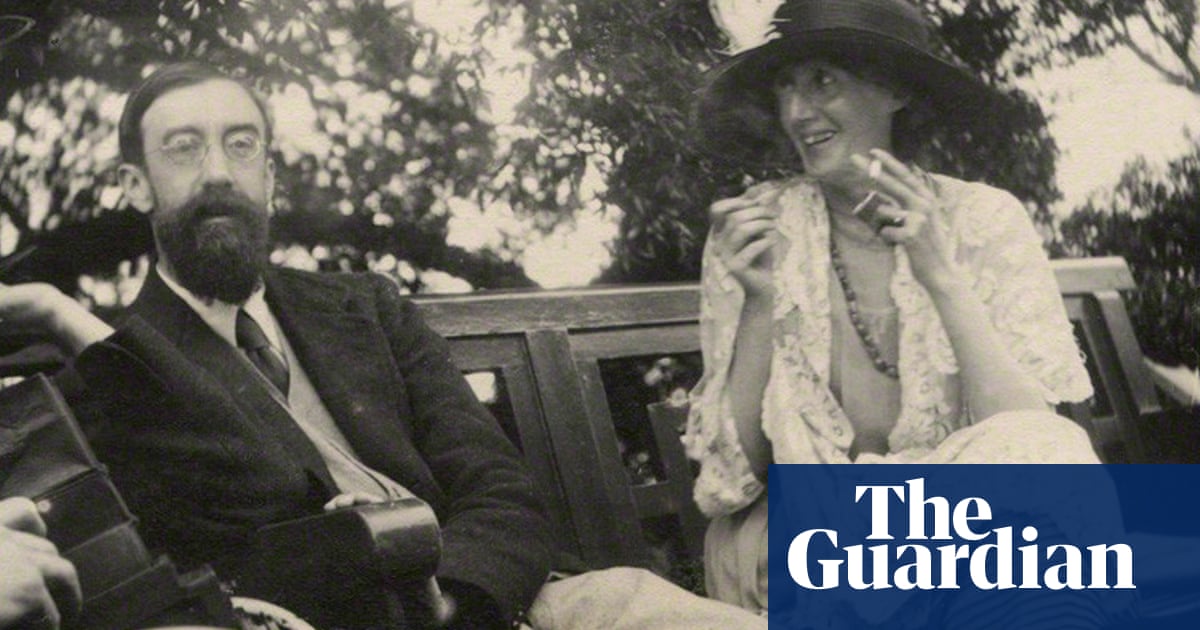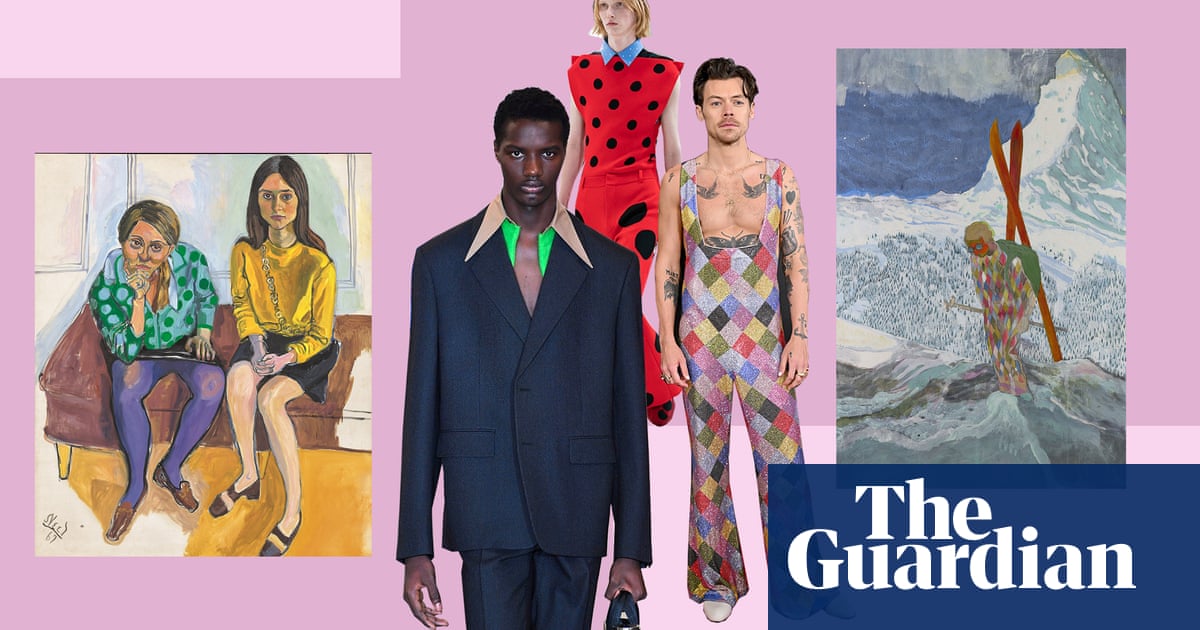
According to Porter’s analysis of Bloomsbury’s style preferences, Woolf swapping the pinched-in Edwardian corsetry of her youth for of a loose, flowing silhouette was the precondition of her sexual experimentation with Vita Sackville-West. Likewise, this sartorial undoing enabled her to experiment typographically at the Hogarth Press, co-founded with husband Leonard, which published Eliot’s form-busting The Waste Land in 1923. Similarly, Duncan Grant’s near-constant nudity was of a piece with his capacity to be both a lover of men and a steady partner to Woolf’s sister Vanessa, who was officially still married to Clive Bell.
Thanks to his access to the contents of several Bloomsbury wardrobes, together with a trove of previously unseen photographs, Porter is able to provide a detailed illustration of how “Make it new” – the cry of modernists everywhere – played out on the material level. He shows us Lady Ottoline Morrell’s frocks, which are a form of Elizabethan cosplay with their puffed-up shoulders (useful for balancing out Lady O’s 6ft frame), while Vanessa Bell knocked up pyjamas out of the abstractly patterned cloth that she had originally designed for sofas.
There was another type of Bloomsbury dressing, more Eliot than Grant. The obvious figure here is EM Forster, who continued with the formal suit as a defensive armour against his yearning for male bodies. The novelist did not lose his virginity until he was 38, and even then he kept on with high-table manners. Porter includes plenty of photographs of the novelist sweating in the noonday sun while standing alongside the many lovely young men in dhotis or fezzes that he encountered on his travels. The only time Forster looked unambiguously happy was when photographed in “Indian court dress”, which resembles nothing so much as a tea gown that Vanessa Bell might have repurposed with kitchen scissors.
Less deft is Porter’s attempt to urge a clothing revolution for our own times. Suggesting we should all be a bit more Bloomsbury in order to break out of the endless churn of fast fashion misses the point that Woolf’s and Grant’s anti-fashion stance was just that – a style that had been consciously crafted and refined with a view to public performance. In doing so they were actually echoing their parents and grandparents, who had been keen exponents of the Arts and Crafts look of the 1880s (Julia Margaret Cameron, the photographer of all those droopily dressed maidens, was Virginia and Vanessa’s great-aunt). The history of dress is packed with such anti-fashion moments, and to suggest that emulating Bloomsbury’s version would somehow allow us to “forge new ways of being” seems a little naive.
Bring No Clothes: Bloomsbury and the Philosophy of Fashion by Charlie Porter is published by Particular (£20). To support the Guardian and Observer order your copy at guardianbookshop.com. Delivery charges may apply.












